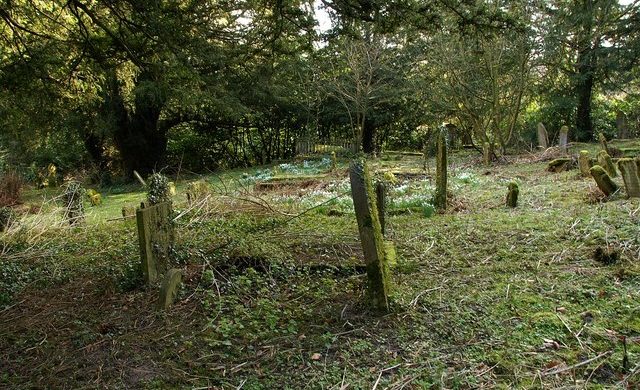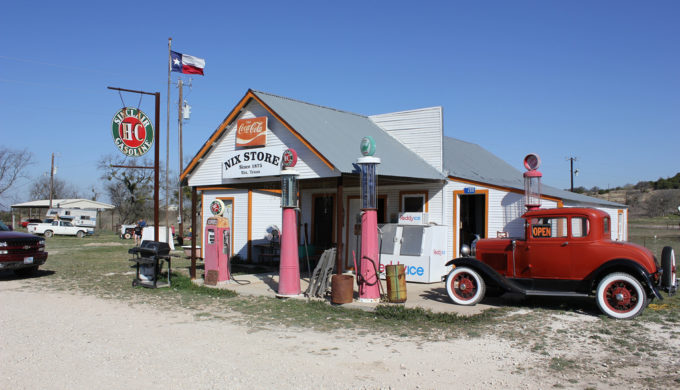Dotting the Texas Hill Country due to boll weevils, flooding, or just plain destitution, ghost towns are a part of the patchwork of the Lone Star State that conjures up thoughts of long-ago civilization trying to establish itself. What happened to some of these places? Why would an entire town just simply dissipate? Why on God’s green earth would they name it that? And this is where we start our story. How did many of these towns come by their strange monikers? Here are just a handful of abnormally-named ghost towns in the Texas Hill Country.
History
Abnormally-Named Ghost Towns of the Texas Hill Country
1. Fly Gap

Photo: Wikimedia
Approximately 12 miles outside of Mason, on Fly Gap Road sits the Texas Hill Country ghost town aptly yet weirdly-named Fly Gap. The story goes that a group of settlers in the early 1880s were in the midst of hiding in preparation to ambush a group of Native Americans in the Kothmann Mountains. Having tied their horses to a nearby thicket, when they returned from their hiding spot, they found that their horses had all been badly bitten by horseflies. Why it was deemed that this should, therefore, translate into the name for their future settlement is unknown, but perhaps at the time, major incidents such as this were thought of as Providence and subsequently were epitomized in such fashion. Fraught with issues, the small town of Fly Gap made its way through the 1900s, as far as the ‘70s, during which a Fly Gap Community Club still existed. By the ‘80s however, the only remains of the town were the schoolhouse and the cemetery.
2. Baby Head

Photo: Geograph
As far as eerie goes, the name “Baby Head” ranks right up there. Situated roughly 10 miles north of Llano, is this Texas Hill Country ghost town that procured its name when an infant’s skull was found on what is also called Baby Head Mountain. Said to be a skull that was left behind by an aggressive group of Native Americans, once again it appears to have become the practice to take on a moniker reflective of a major event, regardless of being good, bad, or otherwise, and “Baby Head” stuck. The town managed with a post office, a school, and a few small businesses circa 1879, but by 1968 it remained home to only 20 residents, and today all that exists to prove there once was a town here is a historical marker and the town cemetery. It’s not even a dot on the Texas state map.
3. Nix

Photo: Flickr/Nicholas Henderson
In the vein of strange names, the town of Nix is a ghost town in the Texas Hill Country that was originally settled in the early 1880s. What isn’t known at present, appears to be how it came by this signature. What is known is that it was situated along a stagecoach line and mail route running from Lampasas, and can be found 11.5 miles west of there on Ranch Road 580. Ironically, in the 1920s and ‘30s, it was the only town in the Lampasas county to have drilled for oil and have the test well come up empty. Perhaps “Nix” was some sort of precursor for things yet to come. A cotton gin and two mills operated in this tiny town where the population grew from eight to 27 residents. In the 1940s, it remained home to a dual-purpose church and school building as well as a store, but by 2000, its population had decreased to a total of six. In 2011, the Nix store had been preserved and reopened as an antique store, however today it appears to no longer be a functioning business.



